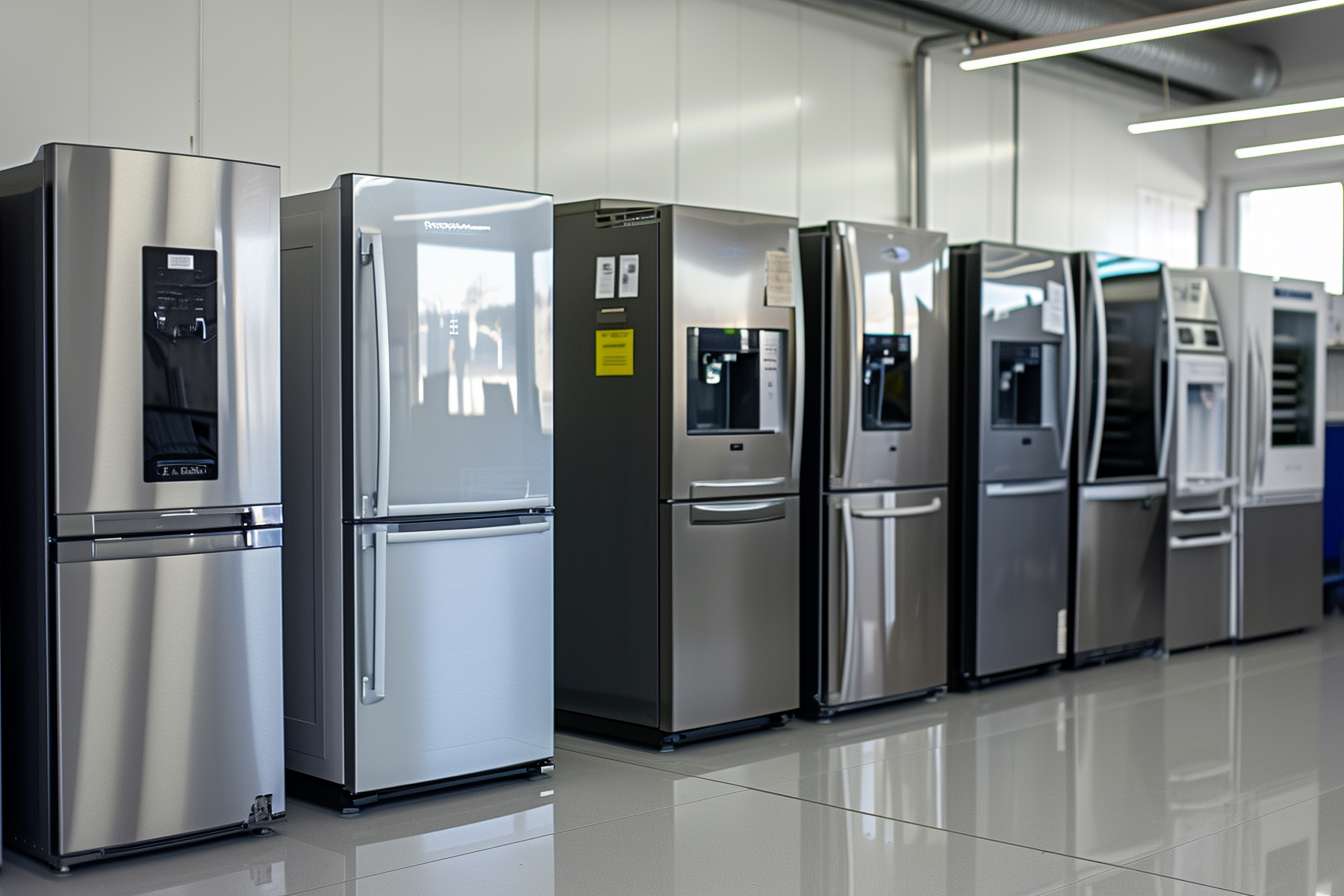Modern Refrigerator Guide: Features, Efficiency, and Selection
Choosing the right refrigerator for your home involves understanding numerous factors that affect both daily functionality and long-term satisfaction. Modern refrigerators offer advanced features, improved energy efficiency, and diverse design options that cater to different household needs and kitchen aesthetics. Understanding these elements helps consumers make informed decisions when selecting appliances that will serve their families for years to come.

How Do Energy Efficiency Ratings Impact Modern Refrigerators?
Energy efficiency considerations for modern refrigerators have become increasingly important as utility costs rise and environmental awareness grows. The Energy Star certification indicates that a refrigerator uses at least 15% less energy than the minimum federal efficiency standards. Modern refrigerators achieve better efficiency through improved insulation, advanced compressor technology, and smart temperature management systems.
LED lighting has replaced traditional incandescent bulbs in most modern units, reducing energy consumption while providing better illumination. Variable-speed compressors adjust cooling power based on actual needs, rather than operating at full capacity continuously. These features can result in annual energy savings of $50 to $150 compared to older models, with the exact amount depending on local electricity rates and usage patterns.
What Storage Capacity Planning Works for Different Households?
Storage capacity planning for household refrigerator needs requires careful consideration of family size, shopping habits, and lifestyle preferences. The general guideline suggests 4-6 cubic feet per person, but this varies significantly based on individual circumstances. Single-person households often function well with 10-12 cubic feet, while families of four typically need 20-25 cubic feet of total capacity.
French door models typically offer 20-30 cubic feet, with the refrigerator section occupying roughly 70% of the space. Side-by-side configurations provide easy access to both fresh and frozen items but may have narrower shelf widths that limit storage of large items. Top-freezer models maximize refrigerator space in smaller overall footprints, making them suitable for compact kitchens or budget-conscious consumers.
Which Design Options Best Complement Kitchen Aesthetics?
Design and finish options for kitchen refrigerators have expanded dramatically, allowing appliances to integrate seamlessly with various kitchen styles. Stainless steel remains popular for its modern appearance and durability, though it requires regular cleaning to maintain its appearance. Black stainless steel offers a contemporary alternative that shows fewer fingerprints and water spots.
Counter-depth models align with kitchen cabinetry for a built-in appearance without custom installation costs. Panel-ready refrigerators accept custom cabinet fronts for complete integration with kitchen cabinetry. Retro-style options in bold colors appeal to vintage-inspired kitchen designs, while matte finishes provide sophisticated alternatives to traditional glossy surfaces.
How Can Proper Maintenance Extend Appliance Lifespan?
Maintenance tips to extend refrigerator lifespan focus on regular cleaning, temperature monitoring, and component care. Cleaning condenser coils every six months prevents dust buildup that forces the compressor to work harder. These coils, located either behind or beneath the unit, should be vacuumed or brushed clean to maintain optimal efficiency.
Door seals require periodic inspection and cleaning to maintain proper sealing. Worn or damaged gaskets allow cold air to escape, increasing energy consumption and reducing cooling effectiveness. Interior cleaning with mild soap solutions prevents odor buildup and bacterial growth. Water filters in models with dispensers need replacement every six months to ensure clean water and prevent system clogs.
What Smart Features Define Contemporary Refrigerator Technology?
Smart technology features in new refrigerator models transform these appliances into connected home devices. Wi-Fi connectivity enables remote temperature monitoring and adjustment through smartphone apps. Some models send alerts about power outages, temperature fluctuations, or when doors remain open too long.
Internal cameras allow users to view refrigerator contents remotely while shopping, reducing food waste and forgotten purchases. Touch-screen displays provide family calendars, recipe suggestions, and even entertainment options. Voice control integration with home assistants enables hands-free operation for temperature adjustments and feature activation.
| Refrigerator Type | Capacity Range | Price Range | Key Features |
|---|---|---|---|
| Top Freezer | 10-24 cu ft | $400-$1,200 | Energy efficient, affordable |
| Bottom Freezer | 19-25 cu ft | $800-$2,500 | Easy refrigerator access |
| Side-by-Side | 20-28 cu ft | $700-$3,000 | Equal access, narrow shelves |
| French Door | 20-30 cu ft | $1,000-$4,000 | Wide shelves, popular style |
| Counter Depth | 15-25 cu ft | $1,200-$5,000 | Built-in appearance |
Prices, rates, or cost estimates mentioned in this article are based on the latest available information but may change over time. Independent research is advised before making financial decisions.
Modern refrigerators represent significant investments that affect daily life and household energy consumption for 10-15 years or more. Understanding energy efficiency ratings, capacity requirements, design options, maintenance needs, and smart features enables consumers to select appliances that meet their specific needs while providing reliable service. Regular maintenance and proper usage maximize both performance and lifespan, ensuring these essential appliances continue serving households effectively throughout their operational life.




